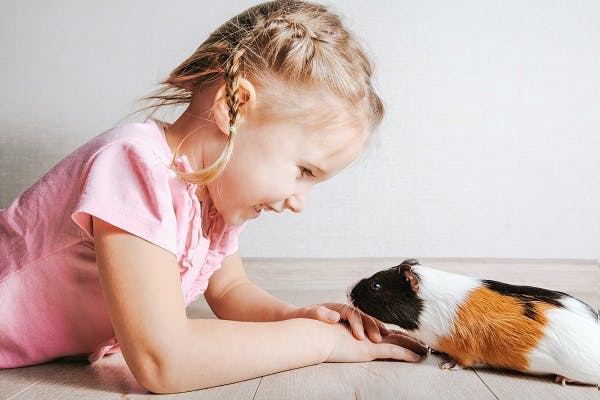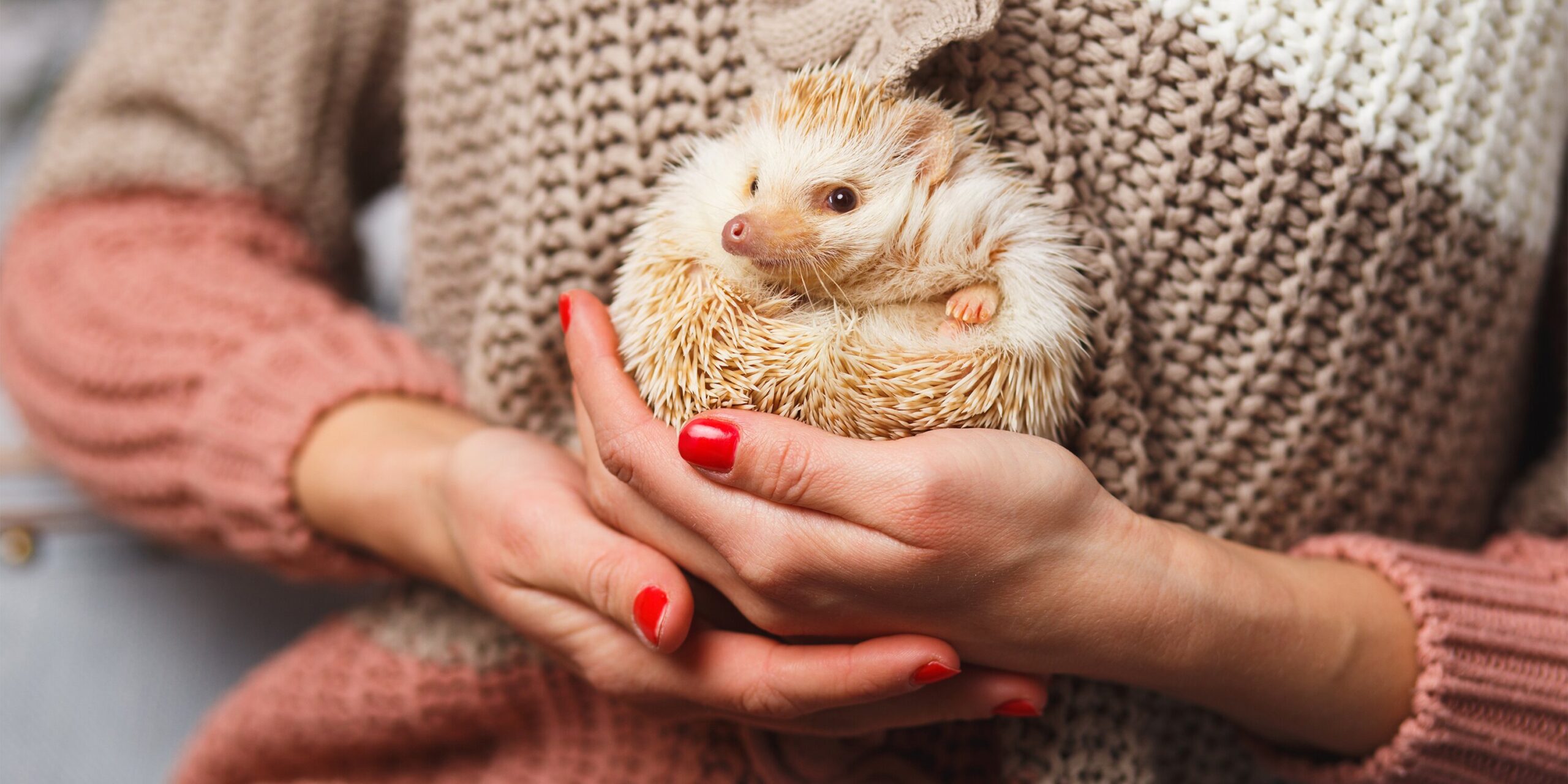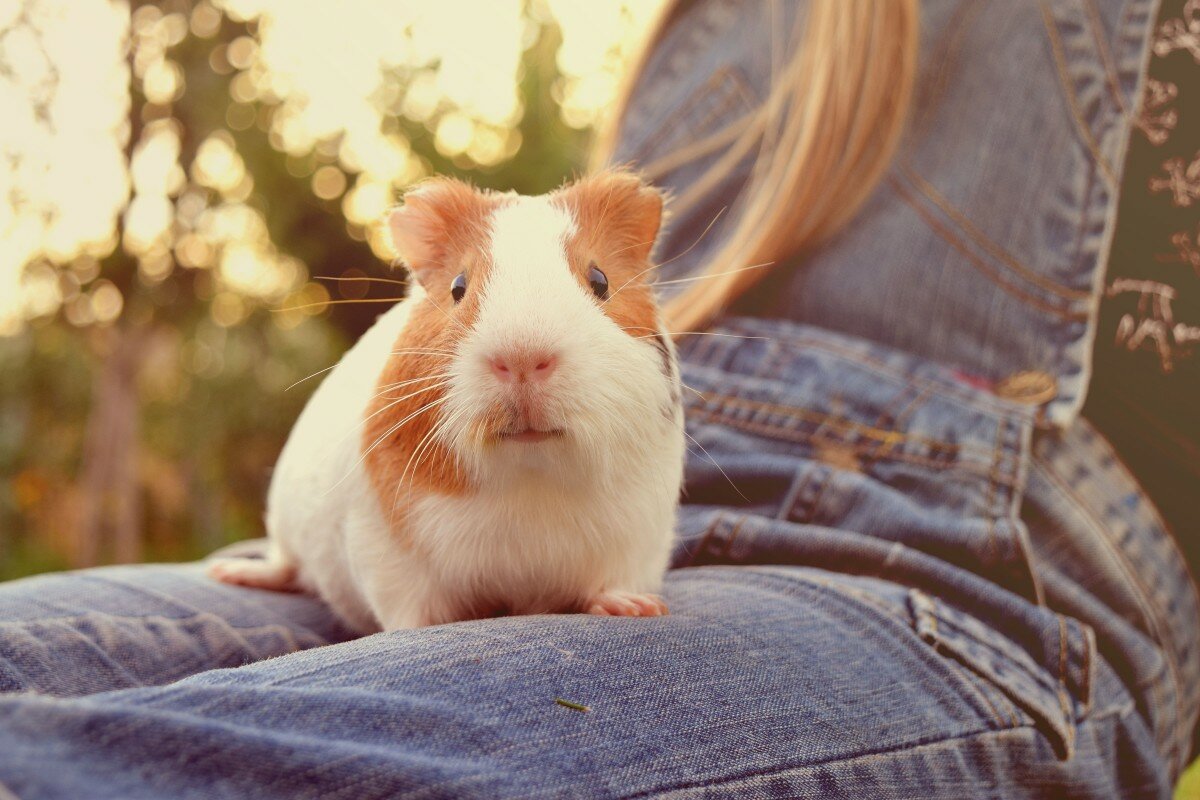
Almost all parents are faced with the question of how to treat the presence of a pet in the apartment. Often this question arises when they are just preparing for the arrival of a baby, and the family already lives a beloved pet. Not less often, we have to think about whether to get a pet for a growing child, what kind of pet is better to get him. After all, the opinion of most comes down to the fact that pets for preschool children are of great benefit in their education, helping intellectual, emotional and physical development.
Before the birth of the first child in a family where there is already a pet, you need to understand whether such neighborhood is safe for the baby, get along with him a pet. In this case we are talking about large animals – a dog or a cat. A rat, guinea pig, rabbit or parrot can easily be confined by closing the cage door.
Some parents give their pet to trusted people for the first time. But this is not necessary, because healthy and vaccinated pets, regularly examined by a veterinarian, are safe for children. It is important to prepare the dog or cat for the arrival of a new family member, to accustom them in advance to certain rules of behavior. You should also arrange a quiet and peaceful place in the house, where your pet can rest from the noise and turmoil that always accompany the life of small children.
Most of the time, domestic cats and dogs are friendly to children, although the changes in their routines may alter their behavior slightly at first. It is important for the pet to know that he is still loved. Therefore, be sure to give it some attention when it returns from the hospital, talk to it affectionately, pet it, let it look at and sniff the baby. Close contact with the baby is best avoided so that it doesn’t get saliva and fur on it.
With your help, the pet will become the best friend for the baby. For example, the dog will love walking together with the stroller. International experience shows that if the child is born in a family where a long time ago lived a pet, with which the woman before the pregnancy was in constant contact, the risk of the child’s allergy to the hair and epithelium of such animals is reduced to almost zero.
Kids under a year allowed to pet the pet under parental supervision. Kids a little older love to play catch-up, use special toys for animals – balls, bows on a thread, squeakers. And after 2 years, babies can be trained in the elements of care for your pet.
The family, which is already raising a child, should first evaluate the criteria by which to select the appropriate pet. Parents will have to take into account not only the desire of the kid himself, but also his age, the level of his organization, responsibility with regard to running errands. It is important to assess the risk of allergies in all members of the family, the state of health of the baby himself.
Do not forget that adult family members will have to devote time to caring for the animal. As before, walks and training sessions with the dog, regular trips to the vet, etc. remain mandatory. It is very interesting and educational for the child to compare the behavior of different animals. Taking into account the peculiarities of care, you can buy at once, for example, a fish and a canary, or a hamster and a turtle.
Pets for children of different ages

Knowing the age capabilities of children, you can determine the range of appropriate pets for your baby. At 3-4 years of age, a child is not yet able to take care of a pet on their own, so immediately adjust that the circle of your responsibilities will increase. But the child with great pleasure will observe the pets and play with them. This will definitely help broaden his horizons, charge positive, warm feelings. Most suitable for younger preschoolers would be aquarium fish, birds, rabbits, chinchillas or guinea pigs.
At the older preschool age, the child is already relatively independent. At the age of 5-6, he is able not only to enjoy communicating and playing, but can already master some animal care skills. The choice of recommended animals still remains the same.
But children of younger school age (7-9 years) can already be the real owners of a pet: they can not only play, but also feed it, clean up after the animal and walk it. Help and supervision from parents is not excluded, but the child has more and more skills to communicate correctly and safely with animals. Now you can safely get a dog or cat, parrot or rat, hamster or turtle.
Which pets are suitable for children?
Aquarium fish do not require complex care, do not spoil the furniture and things, the aquarium also serves as a natural humidifier and decoration of the apartment. Watching the fish is very interesting, it’s a great stress reliever for all family members. It is important to clean the aquarium regularly and consider that dry foods are potentially strong allergens.
Rodents are usually child-friendly, take up little space and do not require much attention. Many rodents live short lives and are easy to care for. These animals are nocturnally active and have sharp teeth. For a child under 4 years of age, larger animals are better suited: chinchilla, rabbit or guinea pig.
Turtles are hypoallergenic and absolutely safe, they live long and are nearly omnivores. They are interesting to watch, although they are more active at night. Unfortunately, turtles often fall ill, especially with fungal infections. A turtle terrarium needs careful care. Due to the difficult care, it is not recommended to choose exotic turtles.
Birds are beautiful and bright, intelligent and contactive, rarely aggressive, live for many years. They are not difficult to care for, but it is very important to carefully monitor the cleanliness of the cage. Birds can be too noisy. In a family with a small child should not take large parrots.
Dogs are easy to get along with children and love to play with them, but dogs need daily walks and training. Dogs have a hard time separating from their owners and often damage furniture and belongings. Exclude decorative small dogs from your choice, because they are very fragile and willful. Also, a child will not fit a service or security breed.
Cats are unpretentious and independent, clean and create a cozy atmosphere in the house. Their increased activity at night may be uncomfortable, and cats do not understand commands, can be fearful and aggressive, can scratch and often cause allergies. Do not make a child a Siamese cat, which has a jealous and aggressive nature.

Animals bring bright colors, positive emotions and pleasant memories into the life of the family, give love, understanding and gratitude. A cheerful and cheerful mood is a must for the health of all family members. Pets stimulate the physical activity of children, develop attention, and socialization skills with them help the social adaptation of an adult child. A caring and attentive attitude toward pets transfers the child to the entire animal world. Thus, animals help children grow up to be kind and responsive, sociable and responsible, and broaden their horizons.
At the same time, pets sometimes become a source of infection or parasites, and cause injuries and allergic reactions. That’s why it’s important to treat pets’ health responsibly, to visit the vet regularly and to get the necessary vaccinations. Careful handling of food for these animals will help to prevent the cat or dog, and hence the child, from possible infection with any helminths: do not give them raw meat or fish, wash and boil vegetables well.
To protect the child from felinosis (“cat scratch disease”), you should not leave the baby alone with the cat, and it is worth from the beginning to teach him the proper treatment of the pet. There is another serious illness transmitted by birds, ornithosis. The pathogen is excreted with their feces and saliva, so it is desirable to prevent close contact between the baby and the birds, not to place the cage in the children’s room and entrust the cage cleaning only to adult family members with observance of hygiene rules, regularly see the vet.
To protect the child from possible aggression from the pet, it is necessary to forbid taking food from the animal for fun. Also, the baby must learn that you cannot pull a pet’s ears, paws, tail, lay on it or turn it at will, it is important to make it clear that the pet is not a toy.